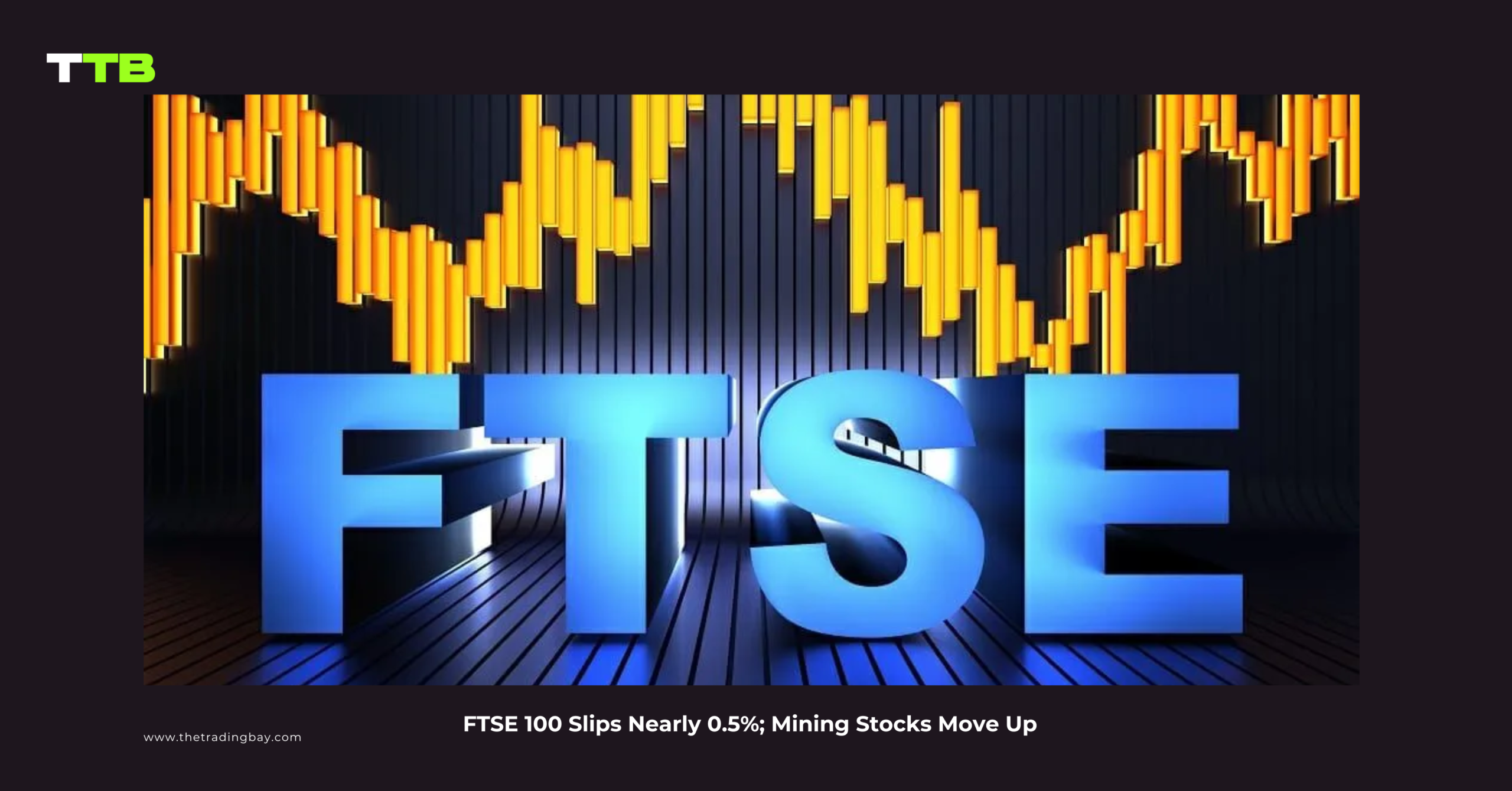
ABCD pattern is a prominent harmonic formation that entails relatively less difficult requirements and frequently appears on price charts. Many financial traders utilize the pattern as part of their technical analysis strategies to capture price reversals and maximize their profit-earning potential.
However, like with all trading strategies and formations, traders must consistently practice and carefully understand all the prerequisites of this pattern to take full advantage of it. Here we have explained in detail the ABCD pattern, its essential rules, and how to approach ABCD pattern trading through examples.
What is the ABCD pattern?
ABCD pattern, also known as AB=CD pattern, is a harmonic structure with three consecutive price swings placed in a zigzag manner. Similar to all harmonic patterns, its configuration is based on precise Fibonacci numbers, and any non-conformity with the required ratios can turn the whole setup invalid.
The ABCD pattern is utilized by traders to identify the “reversal areas” where the price could potentially change its direction. Also, this rhythmic formation exists in both bullish and bearish forms and works across all financial markets and timeframes.
Anatomy of the ABCD pattern – What are the rules of this pattern?
ABCD pattern is made up of three legs and four significant high & low points, making the whole structure appear like a lightning bolt. Here are the exact specifics or rules of this pattern you should keep in mind:
- AB leg – It is the first leg of this pattern that stipulates the initial unidirectional price move from A to B. In the case of bearish ABCD, the price rises from A to reach a higher point (B) while the price descends from point A to B in the first move of bullish ABCD.
- BC leg – It is the second swing of this pattern where the price retraces back from point B. In an ideal ABCD formation, the retracement from B to C has to be 61.8% to 78.6% of the AB line.
- CD leg – The final CD swing is formed when the price continues its initial trend – in the same direction as the AB leg. The CD leg follows a 127.2% to 161.8% Fibonacci retracement of the BC line.
- D is the last point of this pattern, where trade orders are placed in the opposite direction of the CD line.
- The length of AB and CD must be longer than BC, and – from a stricter perspective: AB should be equal in “length” and “time” to that of CD.
- In a bullish pattern, point D has to be lower than point B, whereas point D must be higher than point B in a bearish pattern.
ABCD pattern trading
To trade the ABCD harmonic formation, firstly, you will have to identify the pattern and then draw it on the price chart. Fortunately, many trading platforms now offer a built-in ABCD indicator that allows the traders to easily draw the structure, i.e., three price swings, and see the corresponding Fibonacci ratios. After the pattern is drawn with accurate levels and all conditions are fulfilled, you can place orders at point D to capture the impending price reversal.
Bullish ABCD pattern Trading – Example
The bullish ABCD pattern appears at the end of a downtrend and hints at an upcoming price reversal toward the upside. It begins forming when the price moves from a higher point A to a lower point B. Afterward, the price is retraced upward (BC leg) and then finally drops to point D (below the B point level) to complete the pattern. The concluding D zone is the principal trade entry point for “buy” trades.
The XAUUSD 1-H chart below shows an illustration of a bullish ABCD pattern trading. In a downtrend market, we spotted an ABCD configuration and drew the three price moves to check if the Fibonacci ratios comply with the pattern rules.
Here, the BC leg is a 61.4% retracement of AB, and the CD line records a 127.9% retracement from BC. As the setup is valid, point D is the “buy” trade entry point where stop loss can be placed a few pips below the entry. And take profit points can be arranged by drawing Fibonacci zones, or you can set them at the point C and point A levels.
Bearish ABCD pattern Trading– Example
The bearish ABCD pattern indicates an upcoming trend reversal in the downward direction. The formation starts to materialize with an ascending price move from A to B, which is then retraced down at point C. Finally, the price again rises from C to D, where D is at a higher level than point B. If the Fibonacci ratios conform to the pattern rules, the setup is valid, and a reversal can occur at point D.
In the XAUUSD 30-minute chart below, we have drawn an AB=CD pattern that suggests a potential bearish price reversal. The BC line is a 61% retracement of AB, while the CD leg is formed with a retracement of 127.9% from the BC line. Point D is the entry point for “sell” trades, and stop loss can be placed just a few pips above the D zone. For take-profit targets, you can either place TP1 at point C level and TP2 at point A level or pull out the Fibonacci retracement tool to set multiple TP points at different percentages.
Is trading with the ABCD pattern right for you?
ABCD pattern trading is widely acknowledged for its high accuracy and good winning percentage, but it may not be suitable for all traders due to the involvement of firm rules. However, if you sufficiently practice this pattern and get the hang of it, it can offer some of the most powerful reversal trade opportunities for both short & long-term trades. Moreover, the ABCD pattern is compatible with all financial markets, commonly appears on price charts, and works with all timeframes. All in all, while trading the ABCD pattern, just remember to apply proper risk management and remain faithful to your trading strategy to attain stable & consistent results.
Read more:
https://thetradingbay.com/what-are-harmonic-patterns-in-trading-a-guide-to-4-major-patterns/












